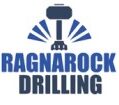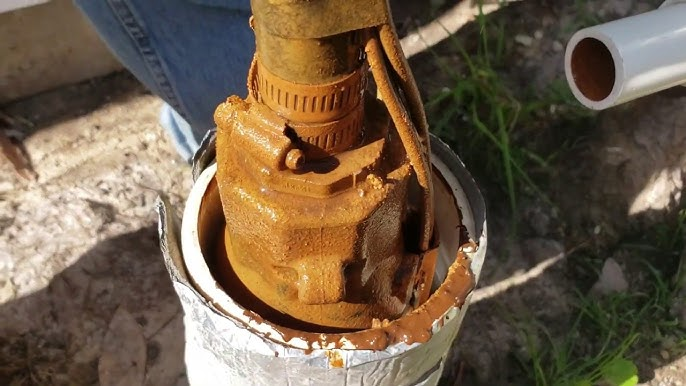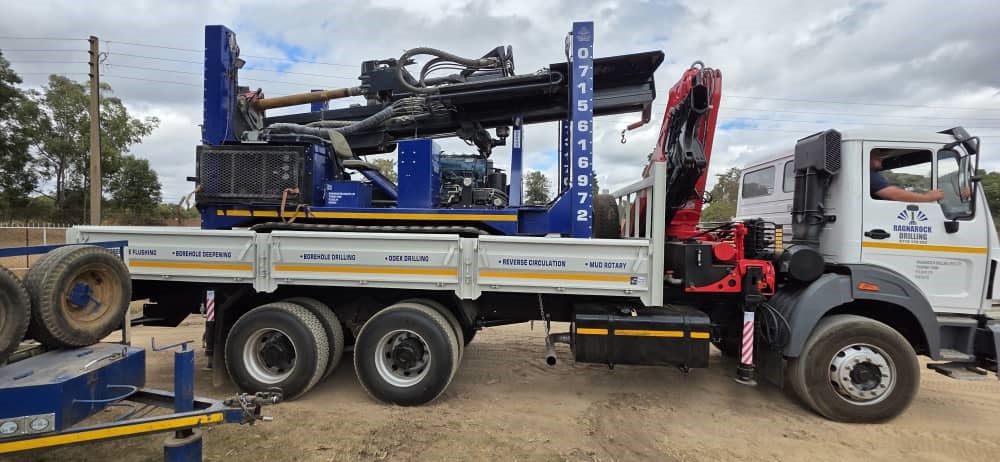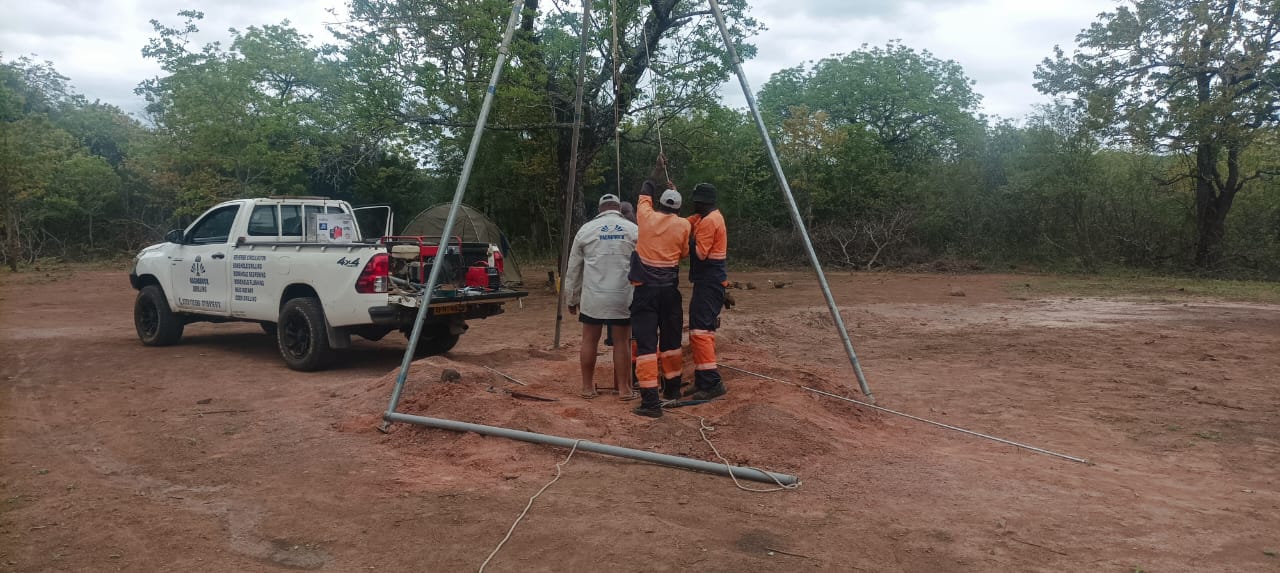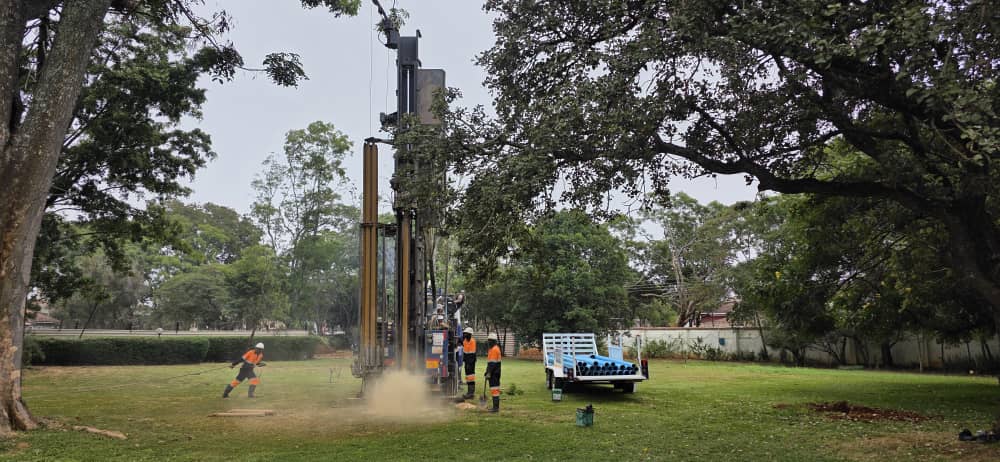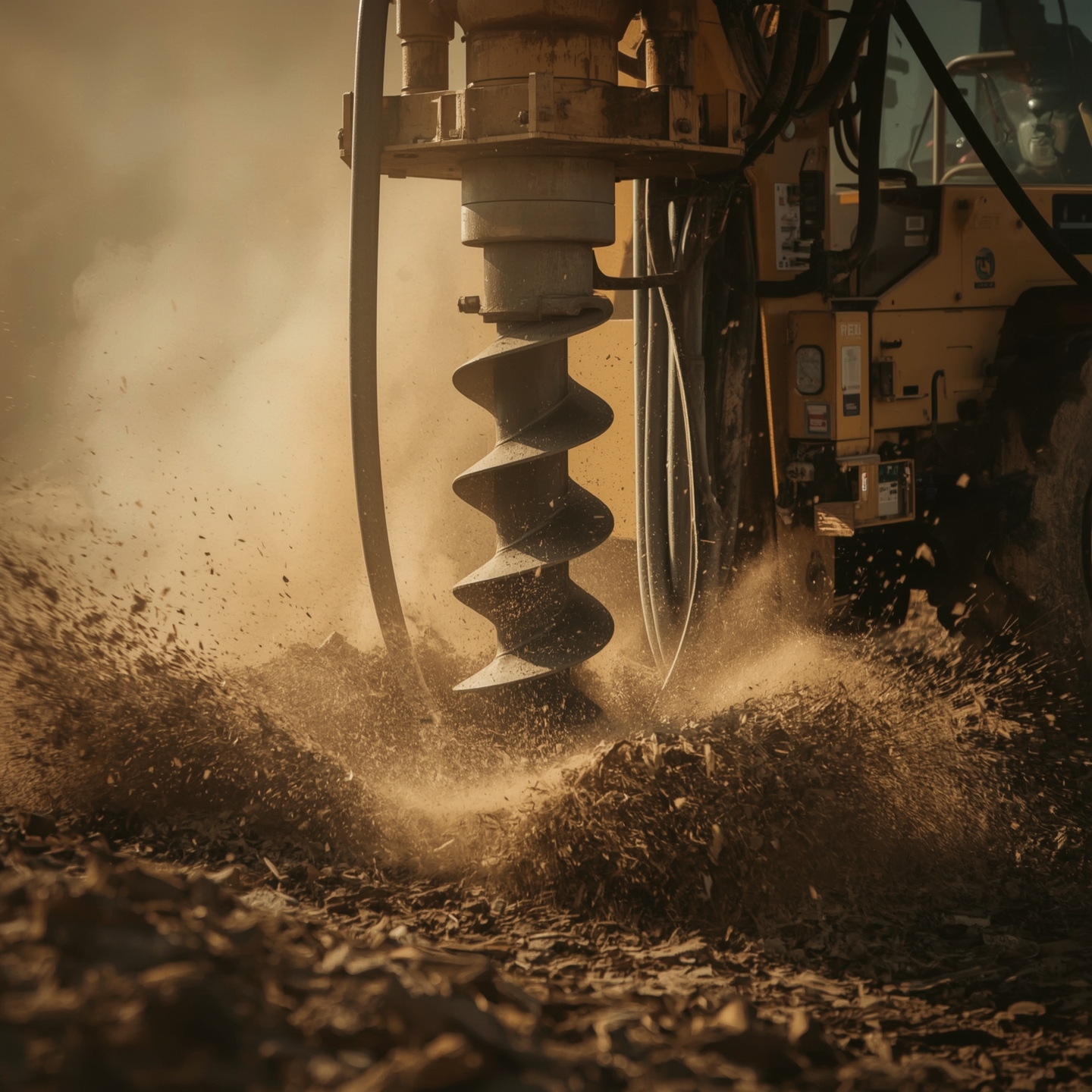In Zimbabwe, demand for boreholes has grown rapidly as households, farms, and businesses look for reliable water solutions. Unfortunately, many customers face long waiting times for drilling, sometimes stretching into weeks or even months. These delays can be frustrating and costly, especially when water is urgently needed.
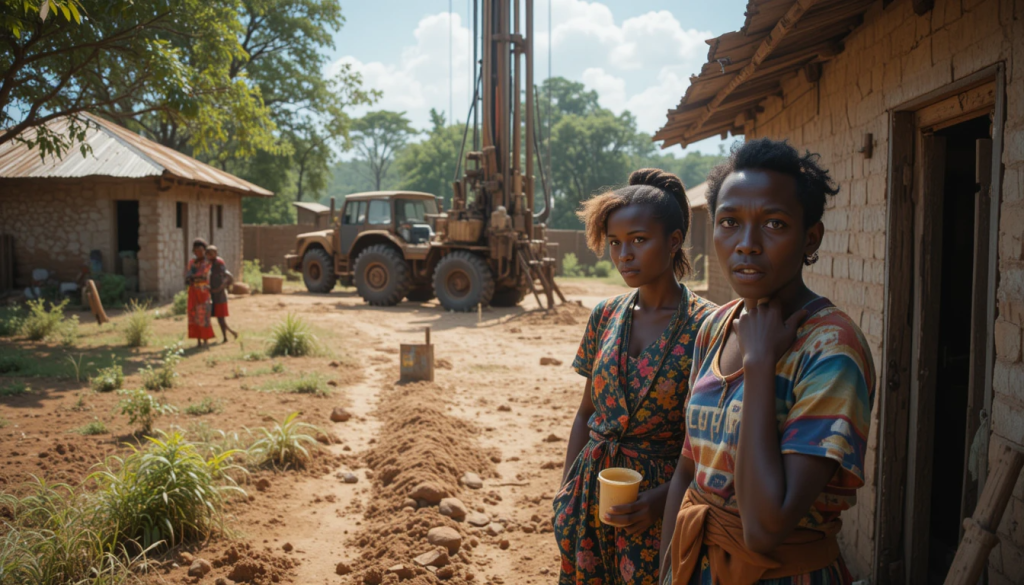
At Ragnarock Drilling, we understand that time is critical. That’s why we’ve invested in systems, technology, and teams that ensure drilling is done efficiently and on schedule.
1. Why Long Waiting Times Happen
Several factors cause delays in borehole drilling projects:
a) Overbooked Drilling Companies
Some companies accept more projects than they can handle, creating long backlogs.
b) Poor Scheduling
Inefficient planning often results in wasted time between jobs and delayed mobilisation.
c) Limited Equipment
Companies with only one or two rigs may struggle to meet demand, especially during peak dry seasons when requests spike.
d) Logistical Challenges
Transporting rigs and equipment to remote areas can take time if not planned properly.
e) Unreliable Contractors
Sadly, some companies make promises they cannot keep, leaving clients waiting indefinitely.
2. The Impact of Delays
Long waiting times affect more than just schedules:
- Households go without safe drinking water and sanitation.
- Farmers miss critical planting or irrigation windows, leading to crop losses.
- Businesses face operational setbacks without reliable water.
- Costs rise, as clients may need to buy water deliveries while waiting.
Time lost is money lost — especially in agriculture and business.
3. How Ragnarock Drilling Solves the Problem
At Ragnarock Drilling, we believe every client deserves timely, efficient service. Here’s how we eliminate long waiting times:
✔ Multiple Advanced Rigs
We operate modern track-mounted rigs capable of handling projects in different locations at the same time, reducing backlogs.
✔ Efficient Scheduling
Our project management system ensures drilling teams are mobilised quickly and efficiently. No wasted time, no unnecessary delays.
✔ Experienced Teams
Our trained staff know how to work quickly without compromising quality, ensuring projects are completed within agreed timelines.
✔ Accessibility to Remote Areas
With track-mounted rigs, we can reach difficult terrain faster than traditional trucks, saving days of lost time.
✔ Commitment to Clients
We never overbook. We give realistic timelines and deliver on our promises — building trust through reliability.
4. Why Choose Ragnarock?
By choosing Ragnarock Drilling, you get:
- Fast turnaround times — drilling done when you need it.
- Reliable scheduling — no empty promises, only results.
- Professional teams — quality and speed combined.
- Peace of mind — water solutions delivered on time, every time.
Conclusion
Long waiting times for borehole drilling are a common pain point across Zimbabwe, but they don’t have to be your reality. At Ragnarock Drilling, we combine advanced rigs, professional teams, and efficient planning to ensure your project is completed quickly and reliably.
👉 Don’t wait weeks or months for water. Contact Ragnarock Drilling today and experience service you can trust.
📞 +263 773 170 592
